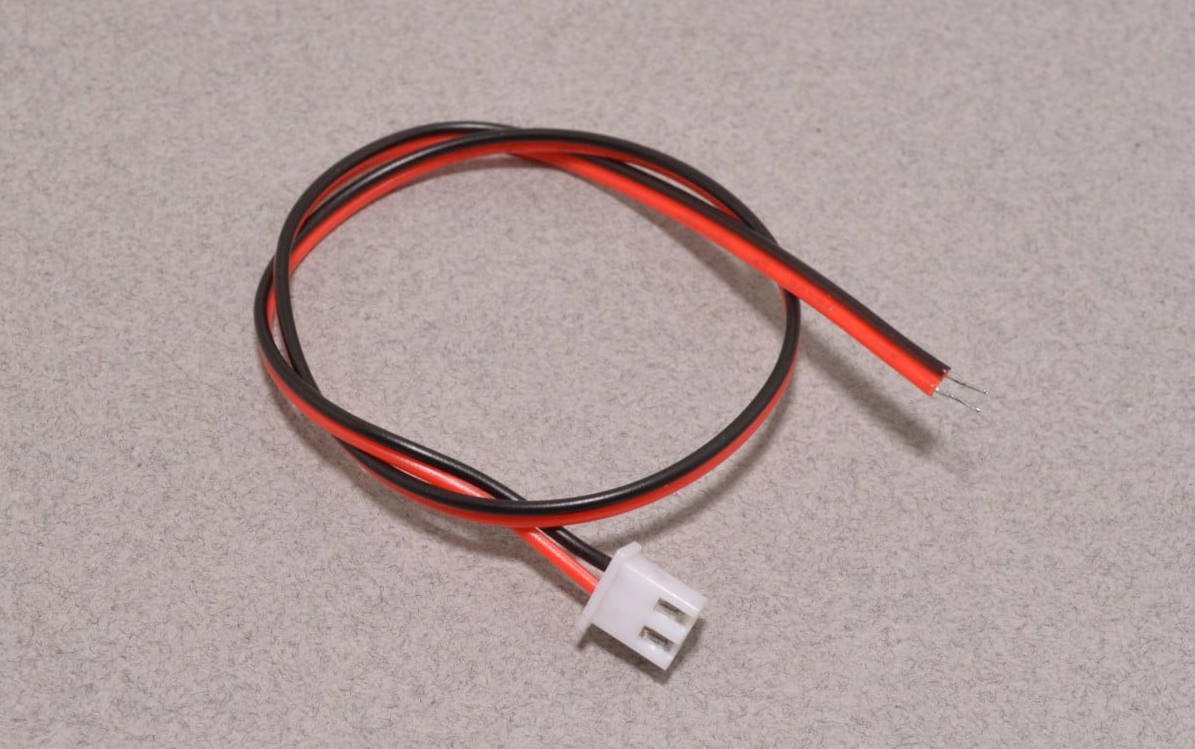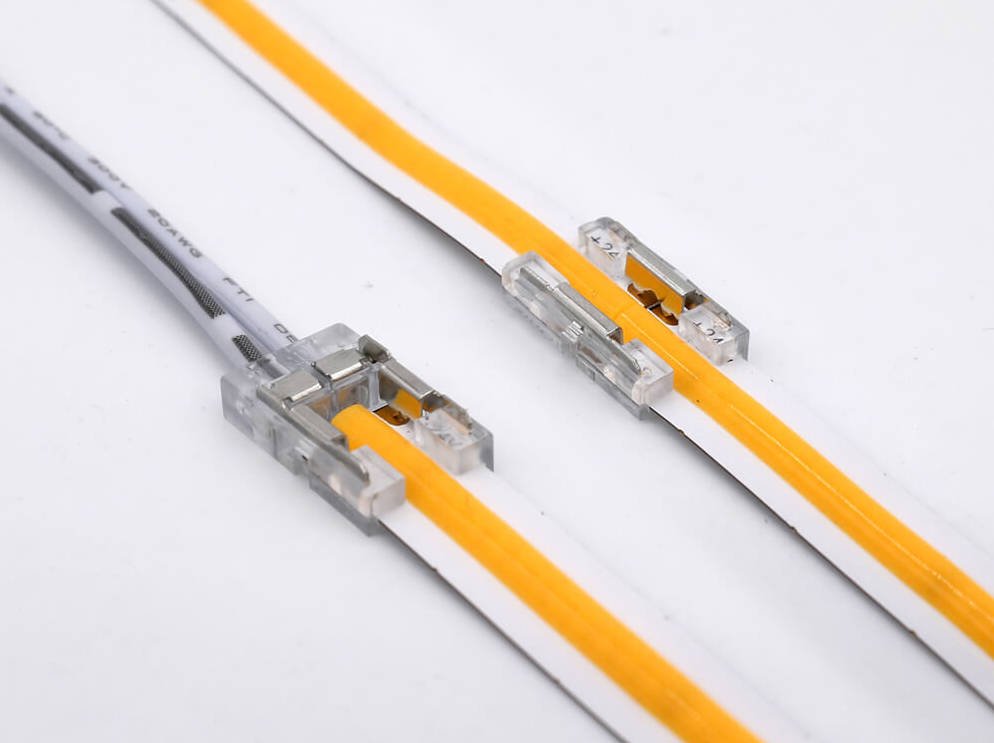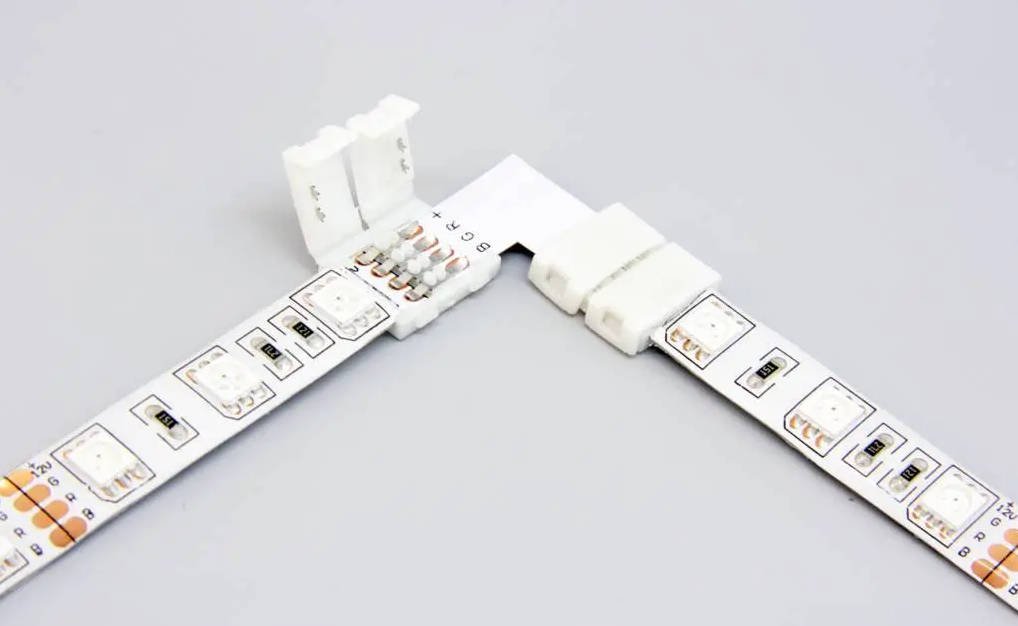Introduction
In recent years, LED strip lighting has surged in popularity due to its versatility and energy efficiency. Whether used for accent lighting, task illumination, or decorative displays, LED strips can transform any space. However, one crucial component that often gets overlooked in the purchasing process is the LED strip connector. This article aims to clarify the differences between RGB (Red, Green, Blue) and single color LED strip connectors, helping potential buyers make informed decisions.

Understanding LED Strip Connectors
LED strip connectors are essential components that facilitate the connection between LED strips and power sources or controllers. They come in various types and configurations, each designed to meet specific needs. Understanding these connectors is vital for anyone looking to install or upgrade their LED lighting system.
Overview of Single Color LED Strips
Single color LED strips are designed to emit light in one fixed color. These strips are commonly used in applications such as accent lighting in homes, task lighting in offices, and for creating a warm ambiance in restaurants and cafes.
Advantages of Single Color LED Strips
- Simplicity: Single color strips are straightforward to install and use, making them ideal for users who prefer a no-fuss lighting solution.
- Cost-Effective: Generally, single color LED strips and their connectors tend to be less expensive than their RGB counterparts.
- Energy Efficiency: These strips consume less power since they only require one color channel.
Overview of RGB LED Strips
RGB LED strips offer a dynamic lighting solution by combining red, green, and blue LEDs to create a wide spectrum of colors. Users can easily change colors and even create various effects through controllers.
Advantages of RGB LED Strips
- Versatility: RGB strips can produce multiple colors and effects, making them perfect for mood lighting or decorative displays.
- Control Options: Many RGB systems come with remote controls or smartphone apps that allow users to customize their lighting experience.
- Creative Possibilities: The ability to change colors opens up numerous design possibilities for both residential and commercial spaces.
Key Differences Between RGB and Single Color LED Strip Connectors
Wiring Configuration
One of the most significant differences lies in the wiring configuration. Single color LED strip connectors typically feature a simple two-pin design (positive and negative), while RGB connectors usually have four pins—one for each color channel plus a common ground. This difference affects how you connect your strips to power sources or controllers.
Connector Types
When sourcing from an LED Strip Connectors supplier, you’ll notice that the types of connectors vary significantly. For single color strips, you might find simple two-pin connectors or solderless options that make installation easy. In contrast, RGB connectors often require more complex configurations like 4-pin connectors that allow for individual control of each color channel.
Control Mechanisms
Control mechanisms also differ widely between the two types. Single color setups usually operate with basic on/off switches or dimmers. In contrast, RGB setups often come with advanced controllers that allow users to adjust brightness, switch colors, and even program dynamic lighting effects.
Performance Considerations
Brightness and Color Output Differences
When it comes to brightness, single color strips provide consistent illumination in one hue. However, RGB strips can vary in brightness depending on the selected color due to the different intensities of red, green, and blue LEDs. This variability can affect how well a space is illuminated based on your choice of connector and strip type.
Power Consumption Comparison
In terms of power consumption, single color strips generally consume less energy since they only use one channel at a time. Conversely, RGB setups may consume more power if multiple colors are used simultaneously; however, they can also be more efficient when programmed correctly.
Installation Considerations
The ease of installation is another critical factor when choosing between these two types of connectors. Single color connectors are typically easier to work with due to their straightforward wiring requirements. On the other hand, RGB connectors may require more careful planning during installation to ensure proper functionality.
Cost Analysis
When evaluating costs between single color and RGB LED strip connectors from an LED Strip Connectors factory, it’s essential to consider both initial purchase prices and long-term costs related to energy consumption. While RGB systems may have higher upfront costs due to their complexity and additional components like controllers, they can offer greater flexibility in design.
Choosing the Right Connector for Your Needs
When deciding between RGB and single color LED strip connectors, consider the following factors:
- Intended Use: Determine whether you need simple ambient lighting or dynamic effects.
- Desired Effects: Think about whether you want static colors or changing moods.
- Budget Constraints: Evaluate your budget not just for initial purchases but also for ongoing energy costs.
Conclusion
In summary, understanding the differences between RGB and single color LED strip connectors is crucial for making an informed purchase decision. Each type has its advantages depending on your specific needs—be it simplicity with single color setups or versatility with RGB options. By assessing your requirements carefully and consulting with an LED Strip Connectors supplier, you can enhance your lighting experience effectively.



